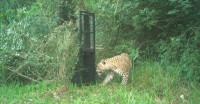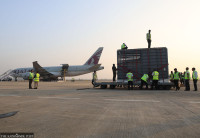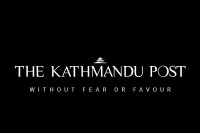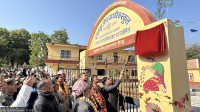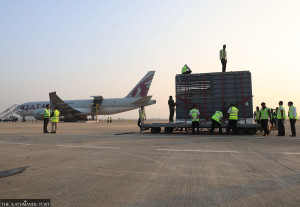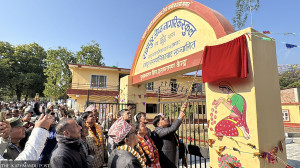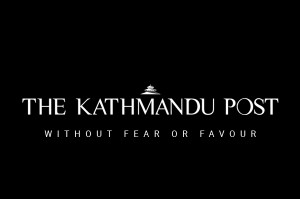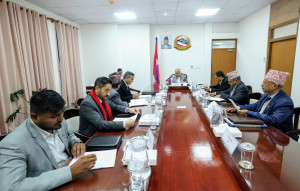Lumbini Province
For some villagers, a visit to ward office means a three-day journey
Poorly-drawn ward boundaries in Putha Uttarganga Rural Municipality are making life harder for residents.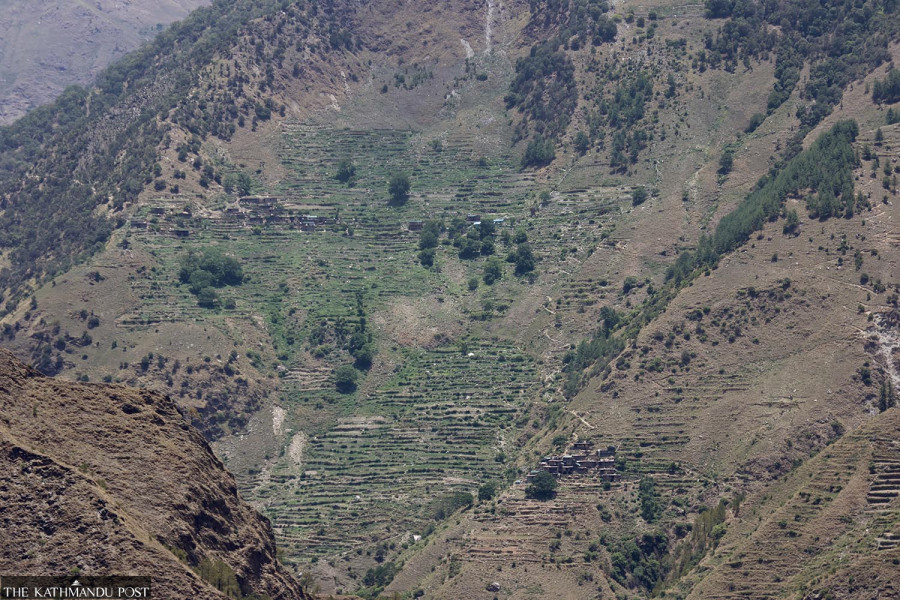
Mahesh KC
While most citizens can reach their ward offices within minutes or hours, residents of some villages in Putha Uttarganga Rural Municipality in Rukum East must take a three-day journey just to visit their ward office and return home.
This challenge mainly affects the residents of Jasamur, Hardibang, Tijyang and Ral—four villages within ward 2 of the rural municipality. These settlements—once part of the then Ranmamaikot village development committee (VDC)—have been incorporated into the current administrative setup of Putha Uttarganga Rural Municipality without proper consideration of geography and accessibility.
Following the federal restructuring in 2015, the then Ranmamaikot, Hukam, Taksera, Kol, Rangsi and Jang VDCs were merged to form the current Putha Uttarganga Rural Municipality. Within this framework, old ward numbers were used to determine new ones. As a result, former wards 1, 2, and 3 became current ward 1; wards 4 and 5 became ward 2; wards 6 and 7 became ward 3; and wards 8 and 9 were merged into ward 4.
However, the restructuring ignored critical geographical realities. The ward office for current ward 2 is located in Pelma, which belonged to former ward 4. The settlements of Jasamur, Hardibang, Tijyang and Ral—previously in ward 5—were also placed in ward 2. This has forced locals to pass through ward 1, trek across hills and rivers, and spend at least one night in another ward just to access basic government services from the ward office.
“If we start walking in the morning, we’ll reach Pelma by nightfall. We need to spend the second day getting our work done and return to Maikot to sleep. Only on the third day can we return home,” said Jiban Roka of Tijyang. “Though we pass by the ward 1 office on the way, we’re forced to travel further just to reach our own office. It's very inconvenient,” he lamented.
Jagat Gharti, chairman of ward 2 of Putha Uttarganga Rural Municipality, acknowledges the hardships faced by the locals of some settlements. He admits that service delivery has become extremely challenging. “This is a mountain region, and the settlements are scattered. It takes us three to four days just to distribute social security allowances and nutrition grants. If it’s hard for us, imagine how difficult it is for the people,” he expressed his frustration.
The problem intensifies during the monsoon season when the streams swell and landslides pose serious risks. “During rainy months, it’s almost impossible to reach Pelma,” said Buddhi Raj Pun, a resident of Ral village.
There are just basic schools in these four settlements. For basic needs like medical treatment, shopping and secondary schooling, the villagers often travel to Maikot in ward 2 or nearby Ranna in ward 3 as Pelma remains too far and inaccessible for them.
Puniraj Gharti, chairman of the rural municipality, said the issue stems from poor planning during the local body restructuring phase. “We have the authority to make minor boundary adjustments, though we can’t change the number of wards,” said Gharti. “We’ve discussed the possibility of moving these four settlements to ward 1, as it makes more sense geographically. However, it’s complicated by the fact that this area includes valuable medicinal herb zones,” he added.
Adding another layer of complexity, the former Ranmamaikot VDC’s ward 5 included not just Jasamur, Hardibang, Tijyang, and Ral, but also Dule and Junang. Currently, Dule and Junang fall under ward 1, though ward 2 officials believe these should also be placed in ward 2 for better access.
“If we moved the first four settlements to ward 1 and Dule and Junang to ward 2, things would be much smoother,” said ward 2 chief Gharti. Ward 1 chair Birman BK also insisted that incorporating Jasamur, Hardibang, Tijyang and Ral into ward 1 is the only viable solution. But he opposed moving Dule and Junang into ward 2. “Areas like Pupal and Purbang highlands are rich in valuable herbs like yarsagumba. Although they fall under different wards administratively, both ward 1 and ward 2 have been jointly managing them. Mixing the boundaries further could create more disputes,” he warned.
The rural municipality chief Gharti acknowledged that resolving the issue will require careful study and broader consultation. “We plan to conduct a field study and involve all stakeholders before making any changes. Redrawing boundaries is not easy, especially after they’ve been codified in law. We must approach it carefully to ensure long-term peace and clarity,” he said.
According to the rural municipality record, around 90 households live in Jasamur, Hardibang, Tijyang and Ral combined, while Dule and Junang are home to approximately 40 families.




 13.12°C Kathmandu
13.12°C Kathmandu
